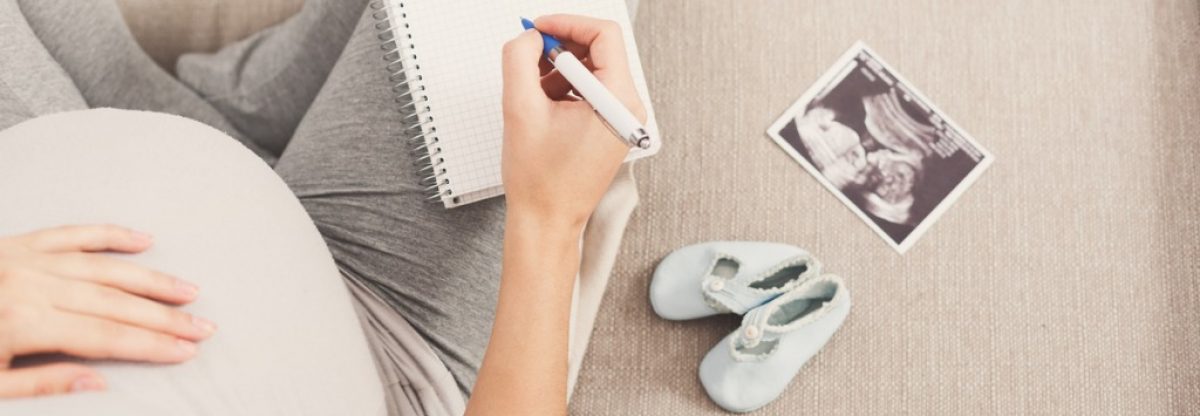This, in turn, may result in differing yields, depending on the mix of materials that has been used. Learn how to calculate, analyze, and apply direct material variance for effective cost control and improved financial performance. The accounting focused on determining the cost per unit of a manufacturer in order to value inventory and cost of goods sold. It is also used to determine unit costs of items processed in service businesses, such as a bank’s cost to process a check or deposit. If $2,000 is an insignificant amount relative to a company’s net income, the entire $2,000 unfavorable variance can be added to the cost of goods sold.
- ➥ Material usage variance can be caused by inaccurate planning, such as inaccurate production planning, inventory management, or forecasting.
- (The depreciation journal entry includes a debit to Depreciation Expense and a credit to Accumulated Depreciation, a contra asset account).
- Similarly, poorer quality materials may be more difficult to work with; this may lead to an adverse labour efficiency variance as the workforce takes longer than expected to complete the work.
- Sharing variance reports and findings with relevant departments fosters a collaborative environment where everyone is aware of cost control objectives.
- Manufacturing overhead includes items such as indirect labor, indirect materials, utilities, quality control, material handling, and depreciation on the manufacturing equipment and facilities, and more.
Materials yield variance explains the remaining portion of the total materials reconcile definition and meaning quantity variance. It is that portion of materials usage variance which is due to the difference between the actual yield obtained and standard yield specified (in terms of actual inputs). In other words, yield variance occurs when the output of the final product does not correspond with the output that could have been obtained by using the actual inputs. In some industries like sugar, chemicals, steel, etc. actual yield may differ from expected yield based on actual input resulting into yield variance. Throughout our explanation of standard costing we showed you how to calculate the variances.
The amounts for each column are computed in the order indicated in the headings. When we make the journal entries for completed aprons, we’ll use an account called Inventory-FG which means Finished Goods Inventory. We’ll also be using the working capital deficiency account Direct Materials Inventory or Raw Materials Inventory or Stores.
AUD CPA Practice Questions: Control Environment Elements, Entity and IT Controls
It is assumed that the additional 8 hours caused the company to use additional electricity and supplies. Measured at the originally estimated rate of $2 per direct labor hour, this amounts to $16 (8 hours x $2). As a result, this is an unfavorable variable manufacturing overhead efficiency variance. After the March 1 transaction is posted, the Direct Materials Price Variance account shows a debit balance of $50 (the $100 credit on January 8 combined with the $150 debit on March 1). It means that the actual costs are higher than the standard costs and the company’s profit will be $50 less than planned unless some action is taken. ➦ The concept of material usage variance refers to the difference between the actual usage of materials in the production process versus the standard usage based on the amount of output produced.
- This system, which treats fixed manufacturing costs as a product cost, is required for external financial statements.
- When we make the journal entries for completed aprons, we’ll use an account called Inventory-FG which means Finished Goods Inventory.
- Our work has been directly cited by organizations including Entrepreneur, Business Insider, Investopedia, Forbes, CNBC, and many others.
- Manufacturing overhead costs refer to the costs within a manufacturing facility other than direct materials and direct labor.
- How much is the direct materials quantity variance of Prime Furniture Inc. for the month of December 2022?
- Avoid leaving your calculations as simply positive and negative figures as this leads to confusion and may not be awarded marks.
How is the direct material quantity variance calculated?
AI algorithms can analyze historical data to predict future material needs more accurately, helping businesses plan better and avoid unexpected variances. Internal factors, such as production efficiency and waste management, significantly affect material quantity variance. Inefficient production processes, outdated machinery, or inadequate employee training can result in higher material consumption than planned. Implementing lean manufacturing techniques, investing in modern equipment, and providing ongoing training for employees can enhance production efficiency and reduce material waste.
The income statement is also referred to as the profit and loss statement, P&L, statement of income, and the statement of operations. The income statement reports the revenues, gains, expenses, losses, net income and other totals for the period of time shown in the heading of the statement. If a company’s stock is publicly traded, earnings per share must appear on the face of the income statement. Also, the amount by which actual revenues are less than the budgeted revenues. A term used with standard costs to report a difference between actual costs and standard costs.
Illustration – Solution (without recalculating standards)
Once variances are identified, it’s essential to investigate their root causes. This involves looking beyond the numbers to understand the underlying factors contributing to the variances. For example, if a material price variance is detected, managers should examine market conditions, supplier performance, and procurement strategies to pinpoint the cause. Similarly, if a material quantity variance is found, a thorough review of the production process, employee performance, and equipment efficiency is necessary. This investigative approach ensures that corrective actions are targeted and effective.
Direct Material Quantity Variance FAQs
➦ MUV is the deviation of the ratio of the actual quantity of materials consumed for the actual output from the standard quantity of materials to be consumed for the actual output. Materials price variance is un-favourable when the actual price paid exceeds the predetermined standard price. It is advisable that materials price variance should be calculated for materials purchased rather than materials used. Accounting professionals have a materiality guideline which allows a company to make an exception to an accounting principle if the amount in question is insignificant. An inventory account (such as F.G. Inventory or Work-in-Process) is debited for $834; this is the standard cost of the direct materials component in the aprons manufactured in January 2024.
For example, the property tax on a large manufacturing facility might be $50,000 per year and it arrives as one tax bill in December. The amount of the property tax bill did not depend on the number of units produced or the number cashier’s check vs money order of machine hours that the plant operated. Although the fixed manufacturing overhead costs present themselves as large monthly or annual expenses, they are part of each product’s cost. The material usage variance is a cost accounting concept that measures the difference between the amount of material used in production and the amount that should have been used based on standard cost. It is the difference between the standard cost for actual output and the standard cost of actual quantity of materials used.
Irrespective of who appears to be responsible at first glance, the variance should be brought to the attention of concerned managers for quick and timely remedial actions. The direct materials quantity variance of Blue Sky Company, as calculated above, is favorable because the actual quantity of materials used is less than the standard quantity allowed. Because of the cost principle, the financial statements for DenimWorks report the company’s actual cost.
Account
Output (_O) is in units of measurement of output, Quantities (_Q) are in units of measurement of input, Prices (_P) are in monetary value per unit input and Costs (_C) are in monetary values. Fortunately, consequences such as these will occur in the same period as the mix variance and are therefore more likely to be identified and the problem resolved. Find the approach that you prefer for the yield variance calculation and use this consistently. When amending the mix, the production manager must take care however so as not to significantly affect the quality of the final product. On the other hand, Adverse Usage variance suggests higher consumption of material compared with the standard used during the period in question. This variance calculation is essential for management to assess if the current production system is running effectively or not.

